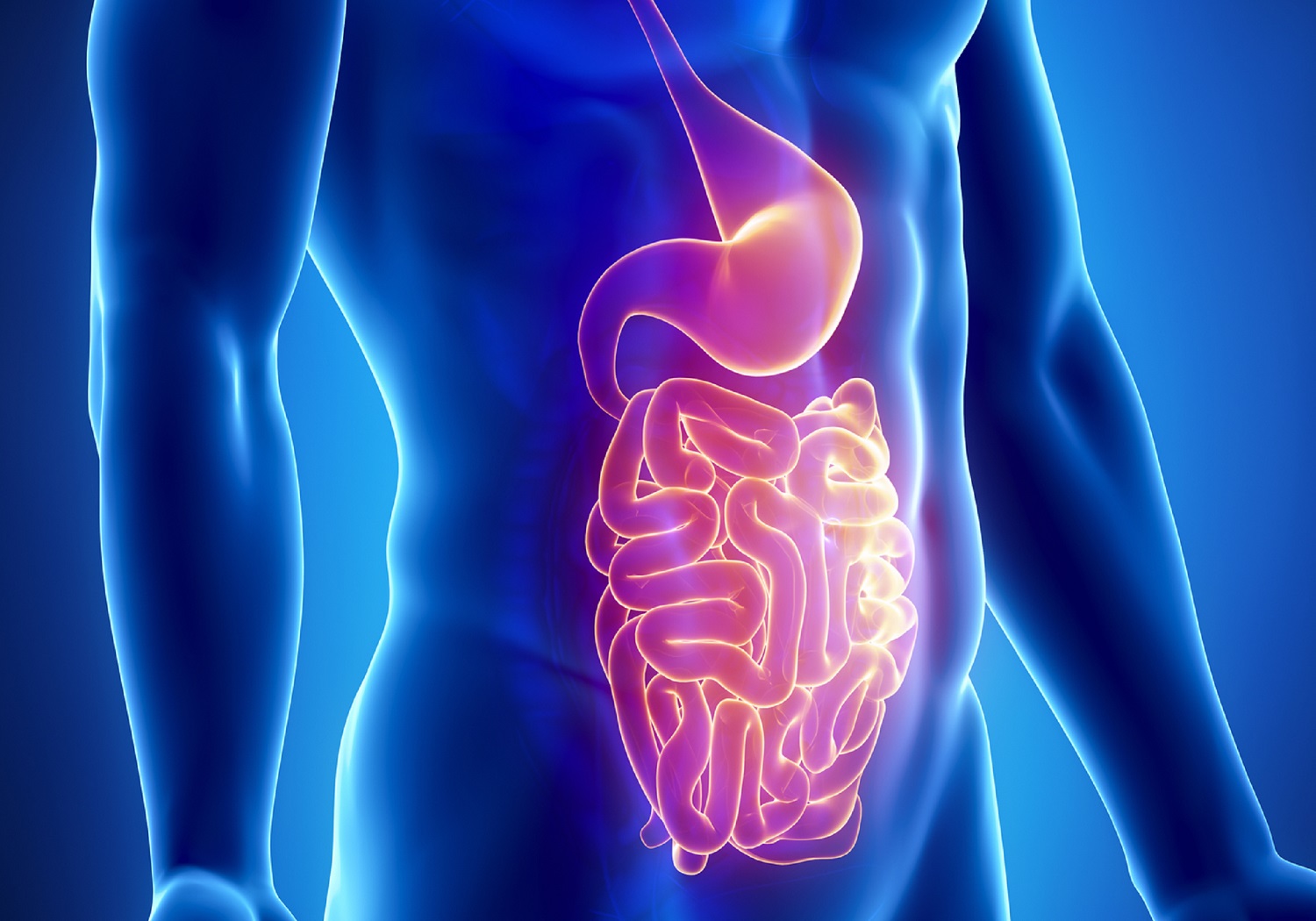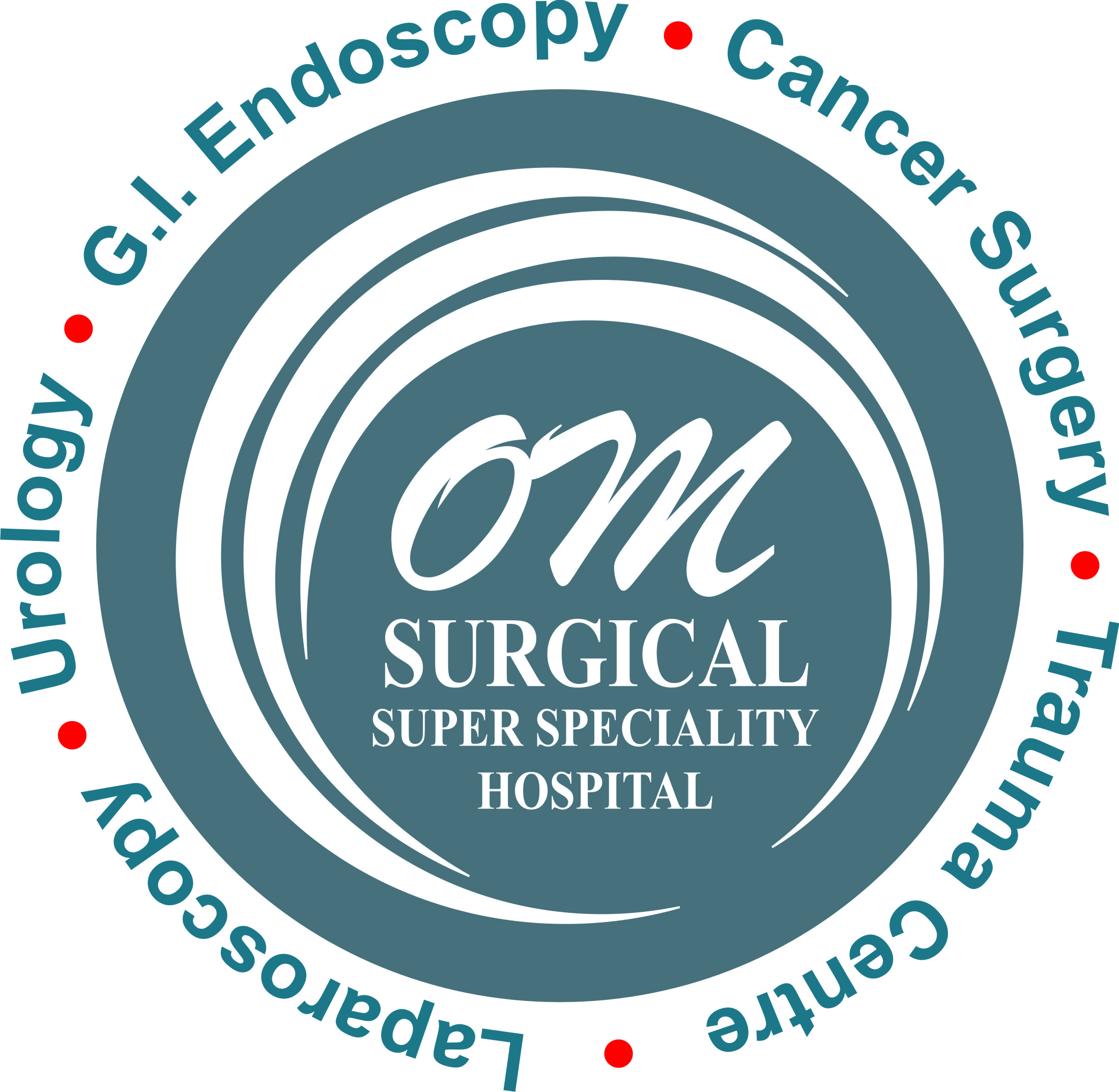-
Call: +91 6351045924
-
Email: osssh@yahoo.com
Upper G.I Endoscopy
Upper G.I Endoscopy
Upper endoscopies are a fairly common procedure for patients suffering from ailments like acidity, heartburn, gastrointestinal disorders, difficulty in swallowing food, abdominal aches etc. Doctors also perform it when they suspect the presence of tumors and/ or ulcers in the stomach area, or if the patient suffers from upper gastric bleeding.
What is an endoscope?
An endoscope is an elongated tube like medical instrument with a camera attached to one end. It is used to examine and diagnose patients affected by stomach disorders. Doctors can view the internal organs with the insertion of the endoscope, and provide a more accurate diagnosis on the causes and treatments of the patient’s ailments.

Upper Endoscopy and its Usage
There are various ailments, which an upper endoscopy can help diagnose the presence and causes of. Some of these diseases are: sudden anemia, vomiting and nausea, problems in ingestion of food, heartburn, acidity, belly pain, continual bloating, vomiting of blood, sudden weight loss and a feeling of food being stuck in the chest area. More serious ailments like stomach polyps, tumors, ulcers, inflammation etc. can also be detected by the aid of upper endoscopy. Tissue samples can also be extracted from the examined internal organs, for further analysis by the doctor.
Precautions to be taken before an upper endoscopy examination
There are various precautions that patients are advised to undertake before the doctor performs an upper endoscopy. It is important to inform the physician about any prior ailments like lung or heart diseases, diabetes, blood pressure problems, any ongoing pregnancy, or any medicine allergies. This would help the doctor to assess each case, and prescribe personalized treatments.
The Procedure
It is most common for doctors to administer local anesthesia before beginning an upper endoscopy. Pain relievers and sedatives are usually given to ease any form of pain during the procedure. The patient has to lay on his side, after which an endoscope would be inserted in his/ her mouth by the doctor. The endoscope reaches the stomach via the food pipe. An average upper endoscopy takes around twenty minutes to get completed.
Post Operative Care
Patients may feel a slight soreness in the mouth and food pipe region for a while. This can be cured with the aid of appropriate medication and Lozenges. The patient can resume normal activity almost immediately after an upper endoscopy. There is no need for prolonged rest to recover.
Upper endoscopies are not particularly painful. However, they can cause mild to average discomfort, as the endoscope is inserted into the intestinal region via the mouth. This procedure is essentially a diagnostic procedure, it helps to detect the causes of underlying diseases, as the doctor can view internal organs by the endoscope’s attached camera. Tissue samples can also be examined for more complex cases. Upper endoscopies are particularly useful to detect causes of internal bleeding, abnormal tumor or polyp growths. Results of upper endoscopies are usually conclusive and guide further treatment plans for patients, barring more severe/ complex cases.





